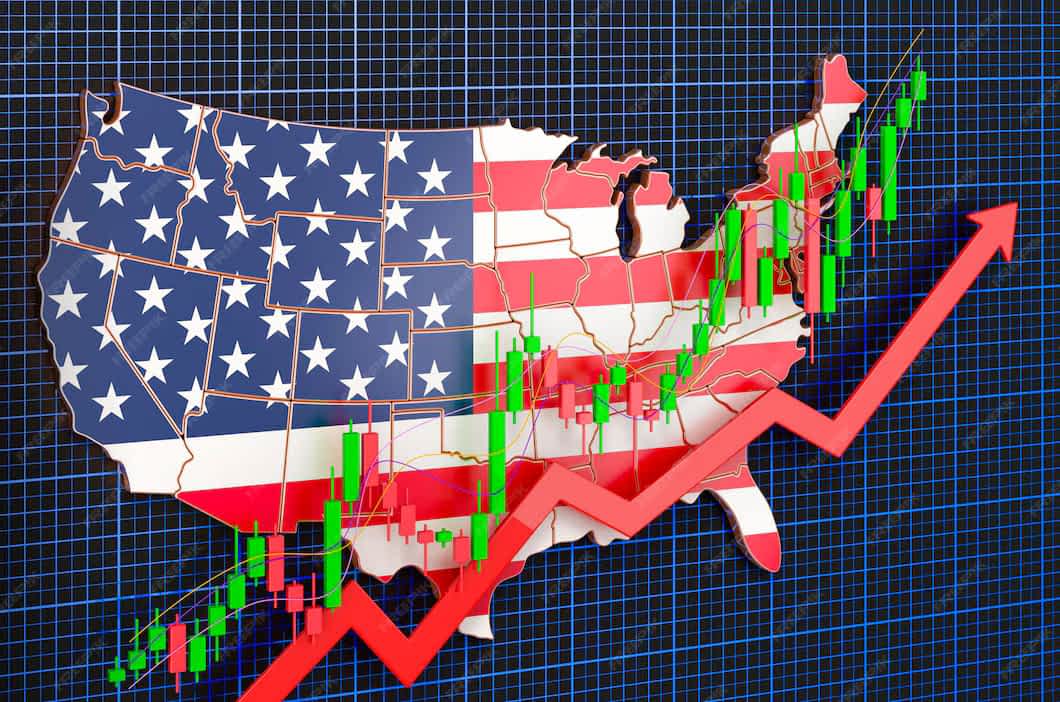In forex, where trillions of dollars change hands every day, these risks can cause quick drops or jumps in exchange rates, making trading more unpredictable.
We're living in what some call a "fractured world," where countries are splitting into groups based on alliances, trade deals, or rivalries. This shift breaks old patterns in trading. In the past, forex models relied on steady global connections, like easy trade across borders. Now, with more barriers from sanctions or tariffs, those models don't work as well. Traders see bigger swings in currencies because events in one place ripple out fast, affecting far-off markets. This fractured setup means higher uncertainty, but it also creates chances for smart traders who watch the big picture. As the world gets more divided, understanding these global ties becomes a must for anyone in forex.
Geopolitics influences forex through several key ways. Let's break them down simply.
When a government is steady and reliable, it draws in money from abroad. Investors feel safe putting cash into that country because they trust rules won't change overnight. This boosts demand for the local currency, making it stronger. On the flip side, if there's unrest—like protests or shaky leadership—people pull out their investments fast. This sells off the currency, dropping its value.
Think of it like this: Stable politics builds confidence, leading to more foreign cash flowing in. Unstable times scare folks away, weakening the currency. In forex, pairs involving stable nations often hold up better during tough times.

Countries sometimes put up walls on trade, like taxes on imports called tariffs. This is protectionism, where a nation shields its own businesses from outsiders. It directly hits how much people want a currency. For instance, if one country slaps tariffs on another's goods, it cuts demand for the importer's products. That means less need for the exporter's currency to buy those goods.
A big example is the ongoing US-China trade tensions. When the US raised tariffs on Chinese items, it made Chinese exports pricier, slowing trade. This pressured the Chinese yuan downward while boosting the US dollar at times, as investors saw America as tougher in the fight. Trade agreements can do the opposite, lifting currencies by opening doors. In forex, watching these policies helps predict shifts in demand.
During crises, like wars or economic slumps, traders rush to "safe-haven" currencies. These are seen as reliable shelters when everything else is stormy. The main ones are the US dollar (USD), Japanese yen (JPY), and Swiss franc (CHF). Why? The US has a huge, stable economy; Japan and Switzerland keep neutral in conflicts and have strong banks.
In tough times, demand for these spikes, pushing their values up. For example, if global fears rise, the USD might strengthen even if US news isn't great, because people want safety. This flight to safety can weaken other currencies, creating trading opportunities.
Currencies of countries that rely heavily on commodities, like oil or natural gas, move closely with those prices.
Canadian Dollar (CAD): Often rises when oil prices climb because Canada is a major exporter.
Norwegian Krone (NOK): Linked to Europe’s energy needs, especially during supply shocks.
Oil is a big player—it's tied to global energy needs. If disruptions jack up prices, CAD and NOK often rise, while currencies of big importers fall. In forex, tracking commodity prices alongside geopolitics gives a fuller view of potential moves.
Looking at past and recent events shows how geopolitics plays out in forex.
Normal text.
When the Russia–Ukraine conflict began, the impact was felt far beyond the region itself. Europe faced energy shortages as Russian gas supplies declined, which placed heavy pressure on the euro (EUR). Many Eastern European currencies also weakened as investors moved their money to safer markets.
Sanctions created further challenges. Restrictions on Russian exports disrupted global energy and food supplies, which added to inflation worldwide. For traders, this situation highlighted how one event in a single region can create ripples across multiple currencies at once.
Brexit is another example of geopolitics shaping forex. When the U.K. voted to leave the European Union, the British pound saw one of its sharpest drops in modern history.
The real challenge wasn’t only the vote itself but the long years of uncertainty that followed. Negotiations dragged on, trade rules shifted, and businesses hesitated. The pound remained volatile, reflecting doubt about the U.K.’s economic future.
Even today, the legacy of Brexit keeps the pound sensitive to political news and trade updates.

The U.S. dollar is at the center of global finance, which means American politics always matter for forex. Elections often bring sharp swings, as traders adjust to possible policy changes.
In 2024, the race led to shifts, and by 2025, tariff announcements under the new administration added fuel. On April 2, 2025, the US hit most trading partners with tariffs, sparking volatility. This strengthened the USD as investors bet on US protectionism, but it weakened partners' currencies like the euro or yuan.
Fiscal tweaks, like spending or tax changes, also play in. These moves create ripples, making pairs involving USD jumpy. Traders watch election cycles closely for such policy flips.
To handle this, traders need practical steps. Here's how to build an edge.
- Stay Informed: Don't just read finance news—mix in world events from reliable sources. Follow elections, conflicts, and trade talks to spot early signs. A broad view helps connect dots before markets react.
- Risk Management: Use stop-loss orders to cap losses on sudden drops. Spread trades across pairs to avoid big hits from one event. This cushions against shocks like war news.
Geopolitics links markets in hidden ways. An issue in Asia might affect European pairs through trade chains. Study correlations to see how one event spills over.
Geopolitics is no longer something traders can ignore. It has become an essential part of forex analysis, shaping markets as much as central banks or inflation reports.
The new normal is a world of higher volatility and complexity. But with knowledge, preparation, and discipline, traders can turn these challenges into opportunities.
Understanding geopolitics doesn’t guarantee profits, but it gives you an edge that can make the difference between being caught off guard and staying one step ahead.



